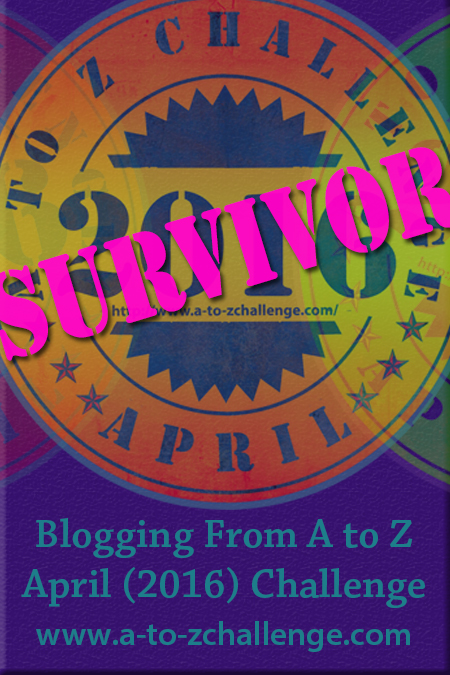What goes up must
come down; it’s a simple
law of physics. As much we hate moving
south for the winter, it has to be done and dropping below 50° N is
particularly difficult for us. To help make
the process as painless as possible, we like to visit new anchorages whenever
we can. This time around we chose Mitlenatch Island Strait of Georgia .
Once an
important seasonal camp for the Coast Salish, Mitlenatch was purchased by the
Manson family of Cortes Island Provincial Nature Park
Now home to over 10,000 birds
(including the Glaucous-winged Gulls, Plagic Cormorants, Pigeon Guillemots and
Black Oystercatchers), Mitlenatch is the largest seabird colony in the Strait of Georgia .
For viewing nesting birds, spring is best. But every season has something different to
offer. From May to July, wildflowers and
cactus are in bloom. And from the late
fall until the summer, Steller and California sea lions can be found lazing
along the shoreline along with hundreds of harbour seals. Transient orca whales (not the resident
salmon-eating orcas) can be seen hunting around the island during these months.
Temporary anchorage can be found in Camp Bay Strait of Georgia with little swing room. In settled conditions, anchorage can also be
found on the northern side of the island off North Beach
Mitlenatch is considered a sensitive
ecosystem and a large section of the island is off-limits. These two anchorages, Camp Bay North Beach
Things to Do:
Bird Watching
Wildlife Watching


.JPG)
.jpg)
.jpg)
.jpg)

.jpg)
.jpg)








0 comments